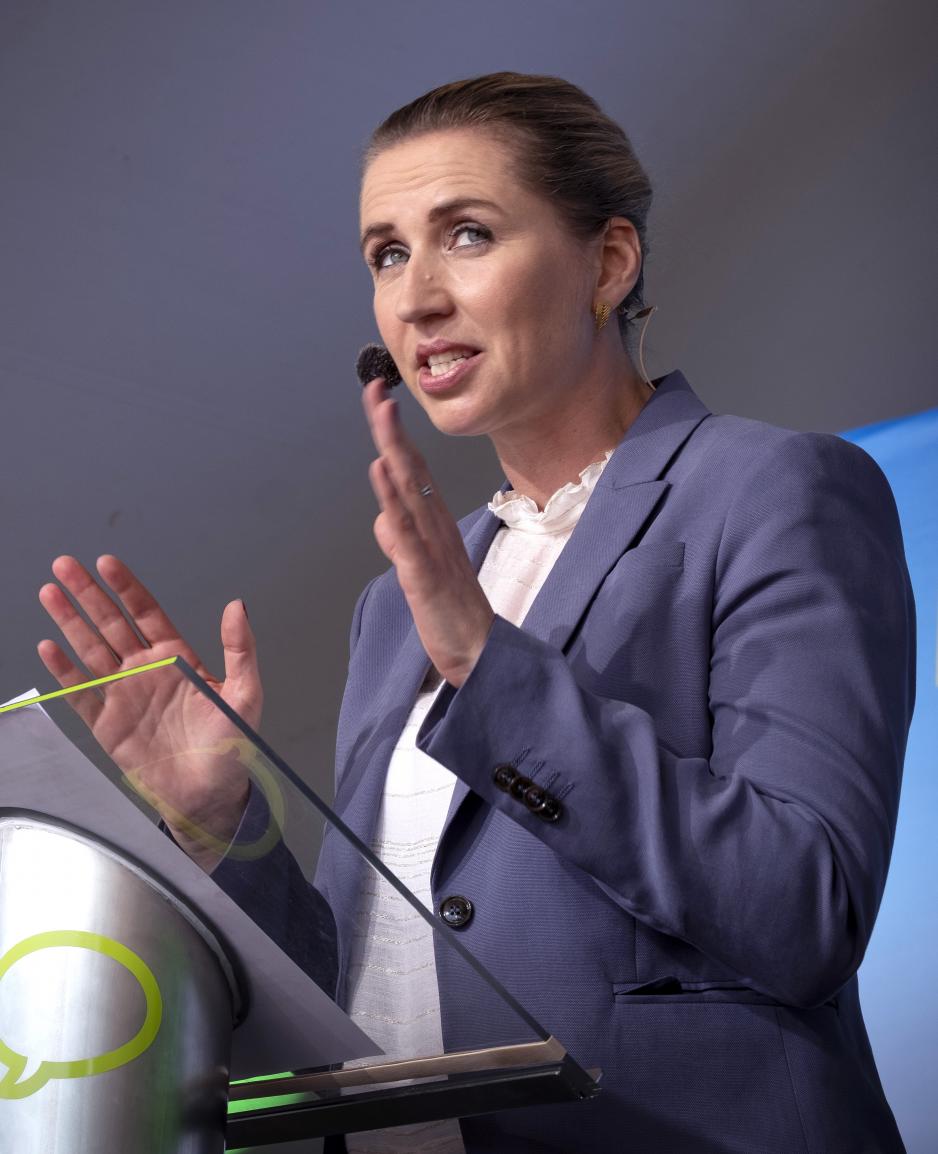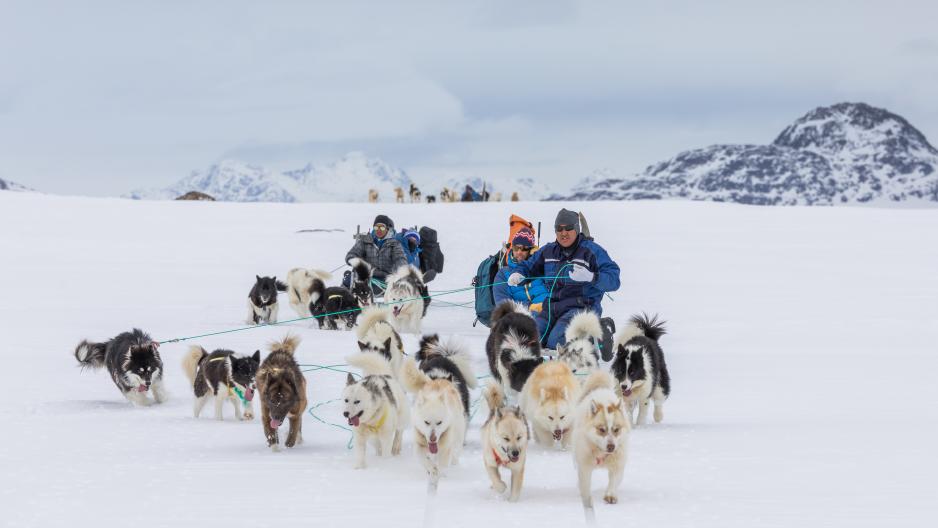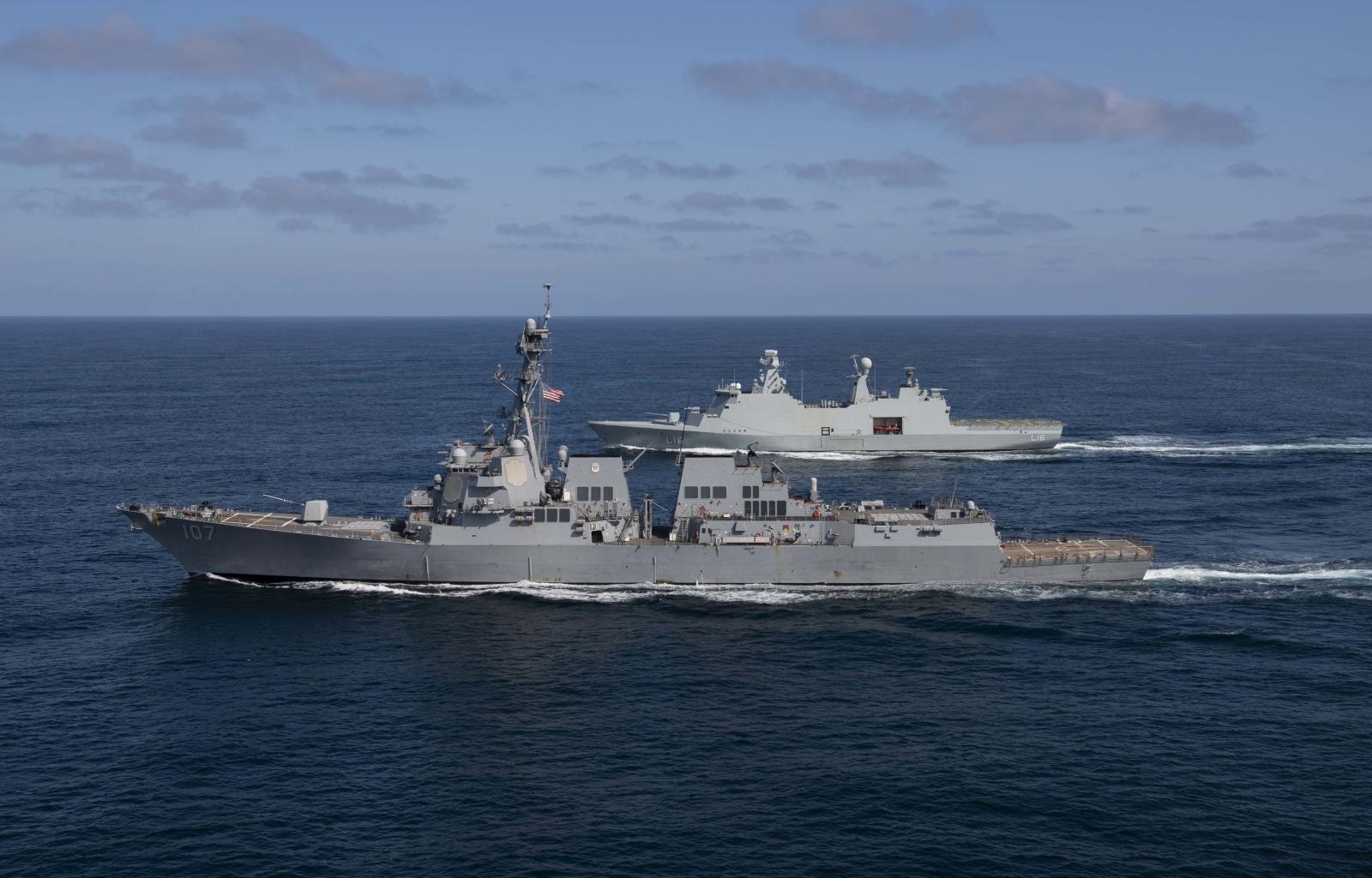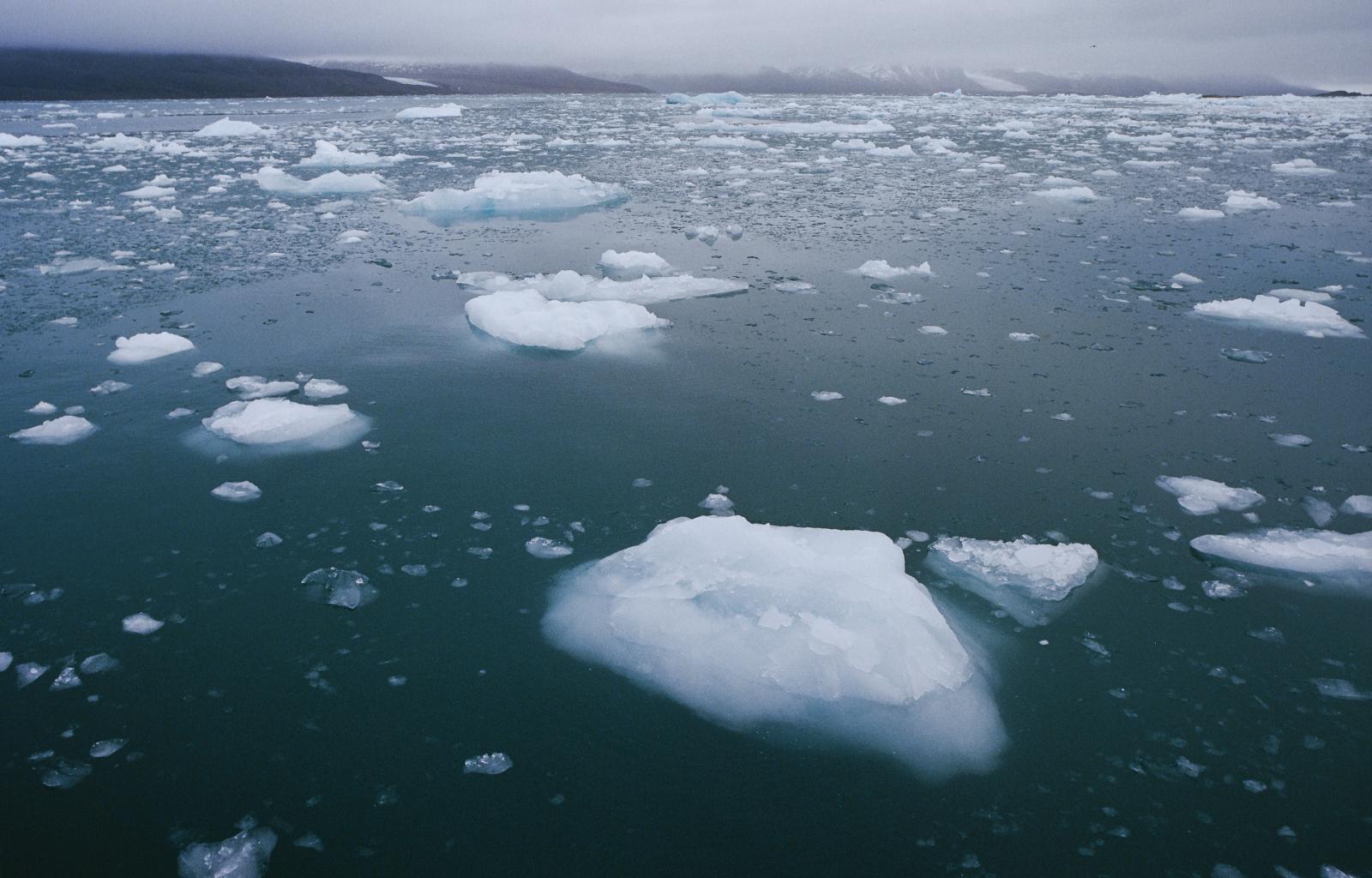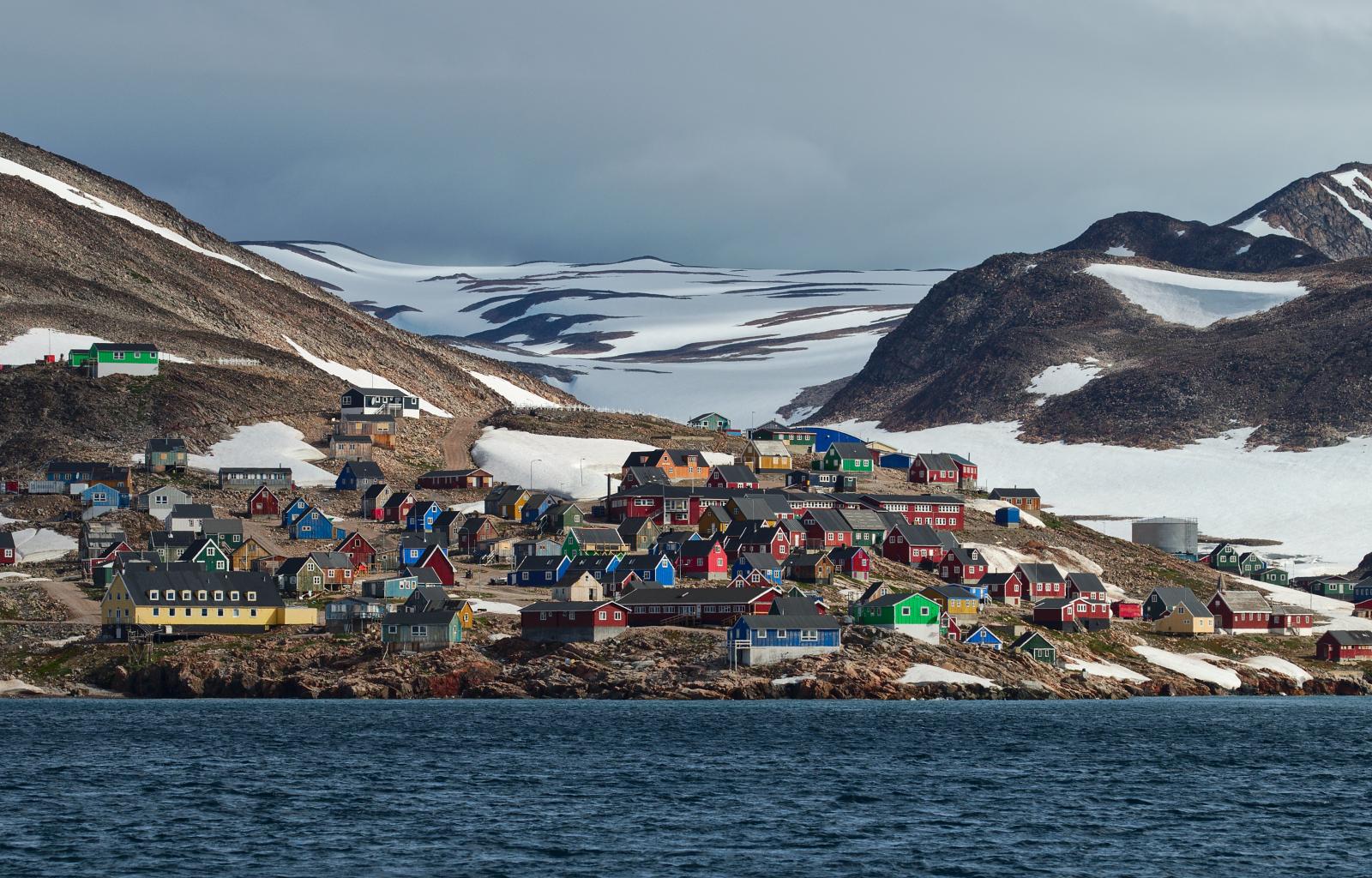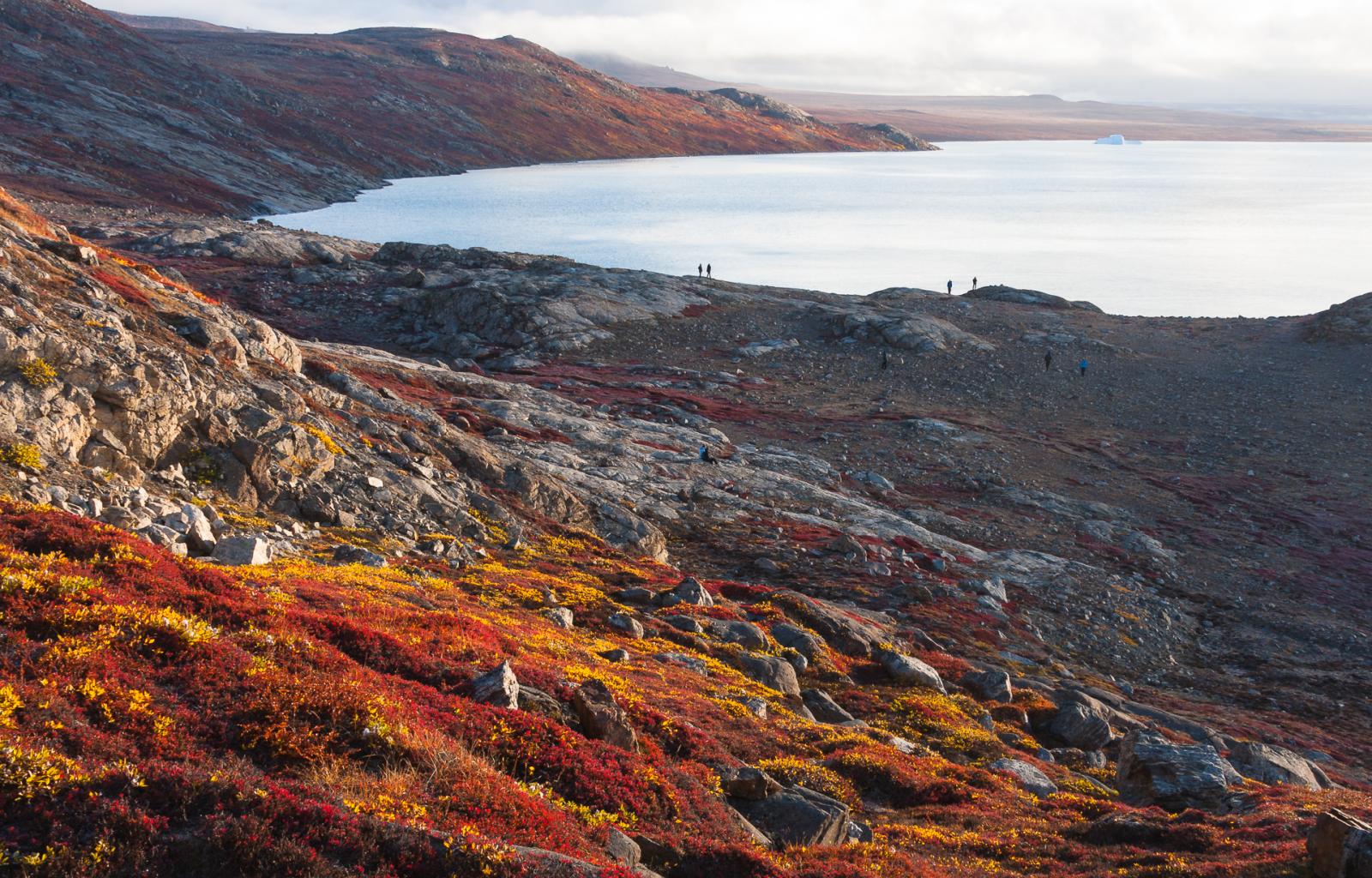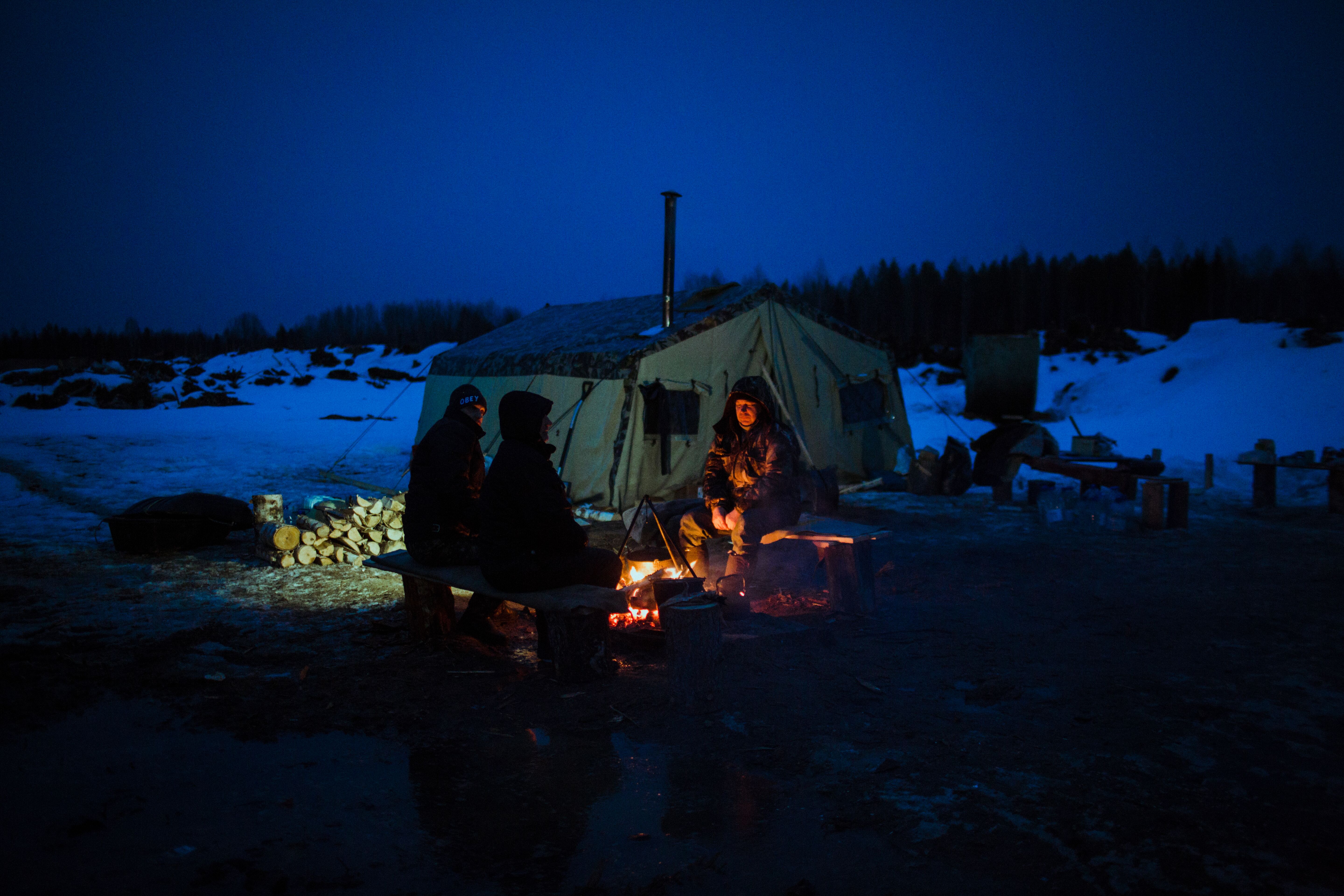Why President Trump’s Idea of Buying Greenland Is No Joke
President Trump’s idea that the US might buy Greenland may herald very difficult dilemmas for Denmark and Greenland indeed. It is far too early to dismiss the whole idea as just another Trump oddity.
For more than a week, journalists and commentators across the world regarded US president Donald Trump’s remarks that he may consider buying Greenland, the world’s largest island, almost as a laughing matter.
Many elements in this spectacle fit the common picture of the president as a leader who doesn’t forget his track record as a real estate broker, a president with limited patience with conventions and a willingness to treat other nations with delicate disdain if he finds it in the interest of the US.
However, now it seems clear that the US president may be dead serious. It is no longer possible to rule out that the idea of buying Greenland, including all its people and territory, may reflect a wish on the president’s side to take responsibility for a hardened US analysis of Russian and Chinese intentions in the Arctic.
The president’s idea of buying Greenland, even if it seems unimaginable, matches in many ways a series of other recent signs, in particular from agencies and institutions involved with US security, of a rapid increase in US interests in Greenland.
US media have also over the last days uncovered how a significant number of strategists within the US administration either openly or under the cover of anonymity are ready to support the idea.
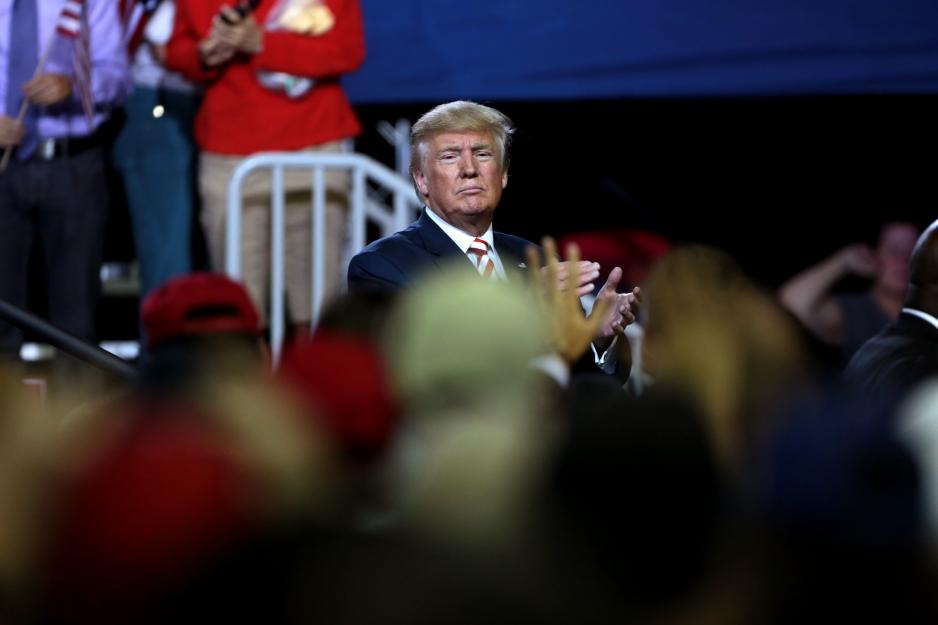
Donald Trump speaking with supporters at a campaign rally at the Prescott Valley Event Center in Prescott Valley, Arizona. Photo: Gage Skidmore
Denmark essentially owns it. We’re very good allies with Denmark, we protect Denmark like we protect large portions of the world. So the concept came up and I said, ‘Certainly I’d be interested
To Denmark and Greenland, serious dilemmas could emerge if Donald Trump, supported by those who brought the idea to his attention, is indeed aiming to alter the delicate balance of power between these two nations and the US in the Arctic. Since World War 2, the division of power between Denmark, Greenland and the US in Greenland has been more or less clear:
The US takes care of Greenland’s security and runs Thule Air Base in the far north of the island, primarily in order to protect the US itself against adversaries on the other side of the Arctic Ocean.
Denmark guards Greenland’s outer borders, including those at sea, and handles Greenland’s internal affairs in close cooperation with Greenland’s own elected leaders, who are acting with increasing autonomy. So far, this arrangement has generally served to the satisfaction of all, including the USA.
However, as the last days have shown, Donald Trump may now possibly want to change this intricate pattern. This may, potentially, challenge the fabric of the Danish Kingdom as well as fragile economic and social developments in Greenland. The whole episode may still, of course, all be forgotten in a few months.
Nevertheless, to an increasing amount of observers here in Denmark this now appears unlikely.
A real estate deal
President Trump confirmed on US television on Sunday August 18th that he is considering buying Greenland.
“Denmark essentially owns it. We’re very good allies with Denmark, we protect Denmark like we protect large portions of the world. So the concept came up and I said, ‘Certainly I’d be interested.’ Strategically it’s interesting and we’d be interested but we’ll talk to them a little bit. It’s not No1 on the burner, I can tell you that,” he said.
“Well, a lot of things can be done,” he said. “Essentially it’s a large real estate deal.” He indicated that a US take over might relieve Denmark of a financial burden, talking most likely about the annual grant with which Denmark supports Greenland: “It’s hurting Denmark very badly because they’re losing almost $700m a year carrying it. So they carry it at a great loss and strategically for the United States it would be very nice and we’re a big ally of Denmark, we protect Denmark and we help Denmark and we will,” he said.
“An absurd discussion”
By coincidence, the Danish prime minister, Mette Frederiksen, was in Nuuk at the time and her reaction indicated well how precarious the situation now suddenly was. With only 5.5 million inhabitants, Denmark is a small country that can hardly afford even the smallest rift in its relations with the US, its second most important trading partner and its most indispensable NATO-partner and military ally for more than seven decades.
On the other hand, there is no way the prime minister could accommodate even the basic premise of the President’s suggestion that Greenland and its people, who are all Danish citizens, can be treated as a sellable commodity and survive as prime minister of Denmark.
In an interview with the Danish Broadcasting Corporation she dismissed the whole concept: “This is an absurd discussion, and of course Kim Kielsen (the premier of Greenland, ed.) has made it clear that Greenland is not for sale, and the discussion stops there”.
The day after, however, at a press conference with Kim Kielsen in Nuuk, she already went to pains to tell Washington and everyone else how strongly Denmark remained committed to the preservation of good relations with the US. In particular, she made strenuous efforts to stress Denmark’s strong commitment to continued security cooperation with the US in Greenland.
She foresaw “even stronger strategic cooperation”, and she remained open to any American wish to increase the US military presence in Greenland in light of the changing security landscape in the Arctic:
“As to the military presence, we have to follow developments,” she said.
At this stage it must have been clear to most onlookers in Washington that Denmark remains ready to discuss any US wish to increase its military presence in Greenland or to increase its own military efforts in Greenland. Kim Kielsen, head of Naalakkersuisut, Greenland’s Self Rule government, also acknowledged Greenland’s growing significance to US security.
The first US bases in Greenland were established during WW2 and Greenland’s leaders have no problem with the current US military presence as long as it is followed by a respectful dialogue and as long as a reasonable benefits — jobs, infrastructure and so forth — keep flowing Greenland’s way.
Our desire for a more strategic and stronger cooperation with the US on the Arctic is completely untouched
No longer a joke
Two days later, however, on twitter on Wednesday August 21, president Trump cancelled a formal state visit to Denmark, scheduled for September 2. and 3. “Denmark is a very special country with incredible people, but based on Prime Minister Mette Frederiksen’s comments, that she would have no interest in discussing the purchase of Greenland, I will be postponing our meeting scheduled in two weeks for another time,” he wrote.
(Later, he clarified that he had taken offence also by Mette Frederiksens usage of the word “absurd”).
The cancellation was unprecedented. On 2. of September president Trump was to be received by Queen Margrethe of Denmark, prime minister Mette Frederiksen, by leaders of industry and by the premier of Greenland Kim Kielsen, but now all was cancelled.
At this stage it was no longer possible to remain certain that the president’s thoughts of buying Greenland was a passing confusion, and again the reaction of prime minister Mette Frederiksen illustrated the pressure the Danish government feels.
In her response to a frenzy of global media attention, at a press conference in Copenhagen just hours after the president’s tweet, she spoke again of the close, warm and important relations with the US:
“The US is one of our absolutely most important allies,” she said. Again she focused on security: “Our desire for a more strategic and stronger cooperation with the US on the Arctic is completely untouched, and our invitation to the Americans regarding stronger cooperation remains standing,” she said. Only then did she repeat that Greenland is not for sale. Finally she said it all once again in English to make sure every syllable was legible to Washington.
The day after, on Thursday, official news were issued that Mette Frederiksen had called Donald Trump and that they had spoken. At the time of writing the content of the talks have not been disclosed, but shortly after, in talking to the media, the president said that Mette Frederiksen is “a wonderful woman” and that he appreciated the call. The immediate crisis seems averted.
Greenland is part of America
What is left, however, is a keen indication that the US president and the governments in Denmark and Greenland act based on completely different perceptions of Greenland and that we may not have seen the last of this division.
According to international law, Greenland is a part of the Kingdom of Denmark. In the view of the Danish government, it has been so for at least the last 300 years, or as many will have it here; since Vikings settled in southern Greenland in 985. Relations go deep, many Danish and Greenlandic families are intertwined, and their common history plays an important part in the national identity of both Danes and Greenlanders. Danish colonial rule over Greenland, which lasted until 1953, was certainly not without problems, abuse of power and mistakes; however, there was no slavery, no systematic use of violence and Greenland today is a well-functioning democratic welfare society mirroring the Nordic countries. About half the population speaks Danish as well as Greenlandic; missionaries translated the Bible into Greenlandic as early as in the 18th century.
Greenland enjoys self-rule and a great deal of autonomy, while security, foreign affairs, the royal house and a few other keys to power remain under Danish control. About two thirds of the electorate in Greenland support the vision of independence from Denmark at some point in the future, but there is no deadline and relations with Denmark remain cordial, close and cooperative. Half of the public expenditures in Greenland are covered by the annual block grant from Denmark. One fifth of all Greenlanders live in Denmark and few envisage that Greenland will sever all ties to Denmark, the royals, access to the Danish educational system and so forth, even if Greenland were one day to formally become an independent state.
Thus, president Trump’s notion that Greenland – including all of its 57.000 inhabitants with their distinct language, unique culture, democratic institutions and the rest of it – could be sold and bought as a simple piece of real estate collided head-on with all current imaginations in Denmark and Greenland of normality, the status of the Kingdom, the value of history as well as with respectful interchange between peoples as the foundation of the current order of the world.
The dilemma is, as we now must assume, that Greenland may mean something different or at least something in addition to the above to president Trump and to those who first suggested the buy-out to him.
Since 1823 when the so-called Monroe Doctrine was first conceived of in Washington, the US has not allowed other powers to extend their sovereignty onto the American continent. In this sense, Greenland stands out. President Trump explicitly recognizes that Greenland is a part of the Danish Kingdom, 99 percent of the Kingdom’s territory to be precise, but geographically and strategically Greenland’s 2.1 million square kilometers constitute part of the American continent. They form a crucial buffer-zone between the USA and several nations that are on the President’s prime list of adversaries: China, Russia and North Korea. During the Cold War, Greenland and the Arctic were heavily militarized and constituted a buffer between the Soviet Union and the US, and the geography has not changed.
Also, we have to record that the President’s thoughts about buying Greenland is just the latest sign of a rapidly increasing US interest in Greenland. Washington is reopening its diplomatic office in Nuuk after 66 years of absence. The US ambassador to Copenhagen, Carla Sands, is a frequent guest in Greenland; in July she studied uranium and rare earth minerals in the south of Greenland with representatives from the US State Department. The National Geospacial Intelligence Agency under the US Department of Defence is currently using satellites to photograph all ice free land in Greenland — an area the size of Sweden — as input to mapping done by Denmark and Greenland.
In September 2018, the US Air Force let it be known that it is considering investing in new airport facilities in Greenland. Thule Air Base, including its large radar, crucial to American missile defense, is regularly upgraded.
Russia and China
Copenhagen and Nuuk are well aware of the US focusing on Russian and Chinese activities in the Arctic.
Russia is re-militarizing its Arctic regions. New bases have been established along Russia’s Arctic coast and old bases have been reopened, also on Franz Josef Land, a group of islands some 900 kilometers from the North Pole. From here, Russian fighter jets may theoretically reach Thule Air Base with conventional weapons and thus disable a key component of America’s missile defense — the radar at Thule — without igniting a nuclear Armageddon.
US strategists are also focused on China’s demands for increased influence in the Arctic, access to natural resources and the Arctic sea-lanes. China calls itself a “near-Arctic” state and has invested heavily in oil and gas in the Russian Arctic. For a while, China’s largest construction company, the China Communications Construction Company, was amongst those in the bidding contest to build two large new airports in Greenland, potentially with Chinese state funding. Chinese involvement was thwarted only after consultations between Denmark and the US in 2018.
Several signals from the US indicate that the US aims to come back strong against these Russian and Chinese Arctic inroads. The US Secretary of State Mike Pompeo gave a hardline speech in Finland in May to this effect, followed by a June 2019 release of an Arctic Strategy paper from the US Department of Defense.
Now, the governments in Copenhagen and Greenland are reading Donald Trump’s interest in Greenland into this security context – and they remember that this is not the first US offer to buy Greenland.
As an answer to Danish suggestions that the US should vacate its bases in Greenland after WW2, then-US Secretary of State James Byrnes in a 1946 meeting with his Danish counterpart suggested exactly the same; that the USA should buy Greenland, and he was dead serious.
That was when the Danish government realised that the US is not likely to leave Greenland ever. Denmark refused to sell; however, during the following years, the model we know today emerged. Denmark became a member of NATO and in 1951 an accord, which still stands as the key binding agreement on Greenland, was reached between Denmark and the US. Today, this accord provides the US with ample opportunities for increasing its military presence in Greenland. Thule Air Base may be upgraded as new needs are identified, and new bases can be established as long as Denmark and Greenland agree. Which — as our Prime Minister and Greenland’s premier have clearly indicated — they are very likely to do.
Open for business
Looking at the bright side, the administration in Nuuk will no doubt celebrate how media from all over the world are suddenly asking what Greenland wants. Greenland is on a permanent hunt for foreign investors; a diplomatic office was opened in Washington in 2014 for this reason, and when the Wall Street Journal first broke the story of Donald Trump’s desire to perhaps buy Greenland, the Department of Foreign Affairs in Nuuk send out the following tweet: #Greenland is rich in valuable resources such as minerals, the purest water and ice, fish stocks, seafood, renewable energy and is a new frontier for adventure tourism. We're open for business, not for sale. Learn more about Greenland on: http://Greenland.com.


